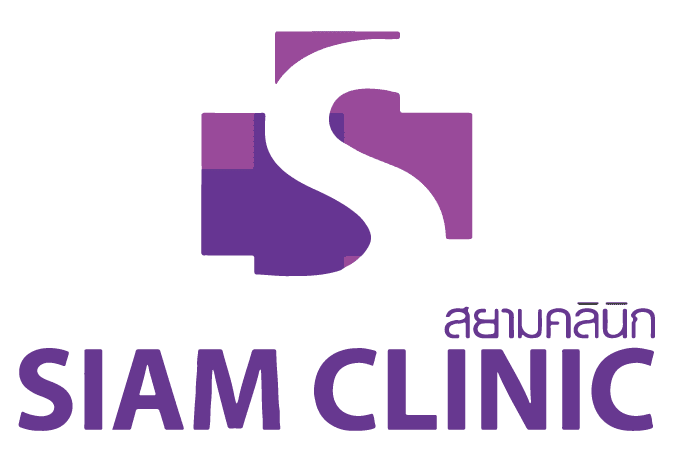
As we age, many of us begin to notice changes in the appearance of our faces. One of the most common signs of aging is facial sagging. The skin around the eyes, jawline, and cheeks can start to droop, leading to a tired or less youthful appearance. But why does this happen? And which areas of the face are most affected? Let’s break down the science behind facial sagging and explore which parts of your face are most likely to show signs of aging.
Understanding Facial Aging: What Causes Sagging?
Facial sagging occurs as a result of several key factors that naturally happen over time. These factors include the loss of skin elasticity, the weakening of facial muscles, and the gradual depletion of fat that helps support the skin. Let’s take a closer look at each of these elements:
1. Loss of Collagen and Elastin
Collagen and elastin are two essential proteins that give the skin its firmness, strength, and elasticity. Collagen provides structural support, while elastin allows the skin to stretch and return to its original shape. As we age, the production of both collagen and elastin decreases significantly. By the time we reach our 30s or 40s, we start to lose about 1% of collagen per year. As collagen breaks down, the skin becomes thinner and less able to bounce back from stretching or movement, which leads to sagging.
2. Decreased Facial Fat
Fat pads in the face provide volume and contour. However, as we age, the fat in certain areas of the face starts to break down and shift. This loss of fat contributes to hollowing and sagging in the cheeks and around the eyes. The skin, no longer supported by as much fat, begins to droop and sag, making certain features appear more sunken.
3. Gravity
Gravity plays a significant role in facial aging. Over time, gravity pulls the skin and underlying tissues downward, leading to sagging. The effects of gravity are most noticeable in areas where the skin is more delicate or less supported by fat and muscle, such as around the jawline, cheeks, and under the eyes.
4. Muscle Weakening
As we age, the muscles under our skin can lose tone and strength. This is particularly noticeable in the muscles of the face, which are responsible for expressions. As facial muscles weaken, the skin loses its ability to stay lifted, contributing to the appearance of sagging.
Which Areas of the Face Are Most Affected by Sagging?
Several areas of the face are more prone to sagging as we age due to the combination of the factors mentioned above. Let’s look at the specific areas most affected by facial aging:
1. The Cheeks
The cheeks are one of the first areas where facial sagging becomes noticeable. As fat loss occurs, the skin in the mid-face region begins to lose volume, leading to a hollowed appearance. The soft tissue beneath the skin also becomes weaker over time, causing the cheeks to sag and contributing to the formation of “jowls” along the jawline.
2. The Jawline and Neck
The jawline and neck area are particularly susceptible to the effects of gravity. As the skin loses elasticity, the lower part of the face begins to droop, resulting in sagging jowls. The skin around the neck can also loosen, creating what some people refer to as a “turkey neck.” This sagging is more pronounced in individuals who have lost facial fat, making the contours of the jawline and neck less defined.
3. Under the Eyes (Tear Troughs)
The skin around the eyes is the thinnest on the face, which makes it more vulnerable to signs of aging. As we age, the fat pads that support the under-eye area begin to shrink, causing the skin to sag and creating noticeable hollows or “tear troughs.” This can make the eyes appear sunken or tired. Additionally, the skin may become more prone to wrinkles and fine lines, contributing to an overall aged appearance.
4. The Eyebrows and Forehead
Another common sign of aging is the drooping of the eyebrows. As the muscles around the forehead weaken and the skin loses elasticity, the eyebrows may descend, causing the eyelids to droop and creating a tired or angry appearance. Forehead wrinkles can also deepen with age, further contributing to sagging.
5. The Nasolabial Folds (Smile Lines)
The nasolabial folds are the lines that run from the sides of the nose to the corners of the mouth. As facial fat diminishes and the skin loses elasticity, these lines deepen and become more pronounced. This can create the appearance of sagging around the mouth, even making the face appear older and less vibrant.
Preventing or Minimizing Facial Sagging
While facial sagging is a natural part of aging, there are several ways to slow down the process or minimize its effects:
- Maintain Skin Health: Regular skincare that includes moisturizers, retinoids, and sun protection can help maintain skin elasticity and prevent premature aging.
- Facial Exercises: Some people practice facial exercises to strengthen the muscles under the skin, potentially reducing sagging in the long term.
- Healthy Lifestyle: Eating a balanced diet rich in antioxidants, staying hydrated, and avoiding smoking and excessive alcohol can help maintain skin health and prevent premature aging.
- Cosmetic Treatments: For more noticeable sagging, non-invasive treatments like Botox, fillers, or skin tightening procedures can provide temporary relief. In some cases, more extensive cosmetic surgery may be an option to restore youthful contours.
Conclusion
Facial sagging is a natural part of the aging process that occurs due to factors like the loss of collagen, decreased fat in the face, gravity, and muscle weakening. The most affected areas are the cheeks, jawline, under the eyes, and forehead. While you can’t completely stop the natural aging process, you can take steps to slow down its effects and maintain a youthful, healthy appearance.




